Think about inflammation like fire. The heat from fire offers many benefits. It helps you stay warm, it cooks your food, and gives you light. But if you lose control over the flames the fire can cause damage.
Similarly, some inflammation within the body is helpful. Acute or short-term inflammation is necessary to fight infection and promote healing (like when you stub your toe or cut yourself shaving). But chronic or ongoing inflammation is like wildfire. The damage it causes in the body is linked to cancer, heart disease, inflammatory bowel disease, rheumatoid arthritis, and type 2 diabetes.
Fortunately, an anti-inflammatory diet and other lifestyle habits can counter chronic inflammation. This article includes the top inflammation-reducing foods and other healthy habits that help keep inflammation in check.
The Benefits of Anti-Inflammatory Foods
Many foods are associated with either promoting inflammation or fighting it. To lay an anti-inflammatory foundation reduce or eliminate processed foods and make whole, plant-based foods your staples. Here are specific plant-based foods that protect against inflammation and simple ways to incorporate them more often.
Leafy Greens and Cruciferous Vegetables
Broccoli, Brussels sprouts, cabbage, cauliflower, kale, romaine lettuce, spinach, lettuce, parsley, and watercress.
These antioxidant-rich foods contain nutrients that protect against tissue damage associated with inflammation.
3 ways to eat more:
- Blend greens into smoothies.
- Build bowls with a base of greens and veggies.
- Make stir-fries one of your go-to dinner meals.
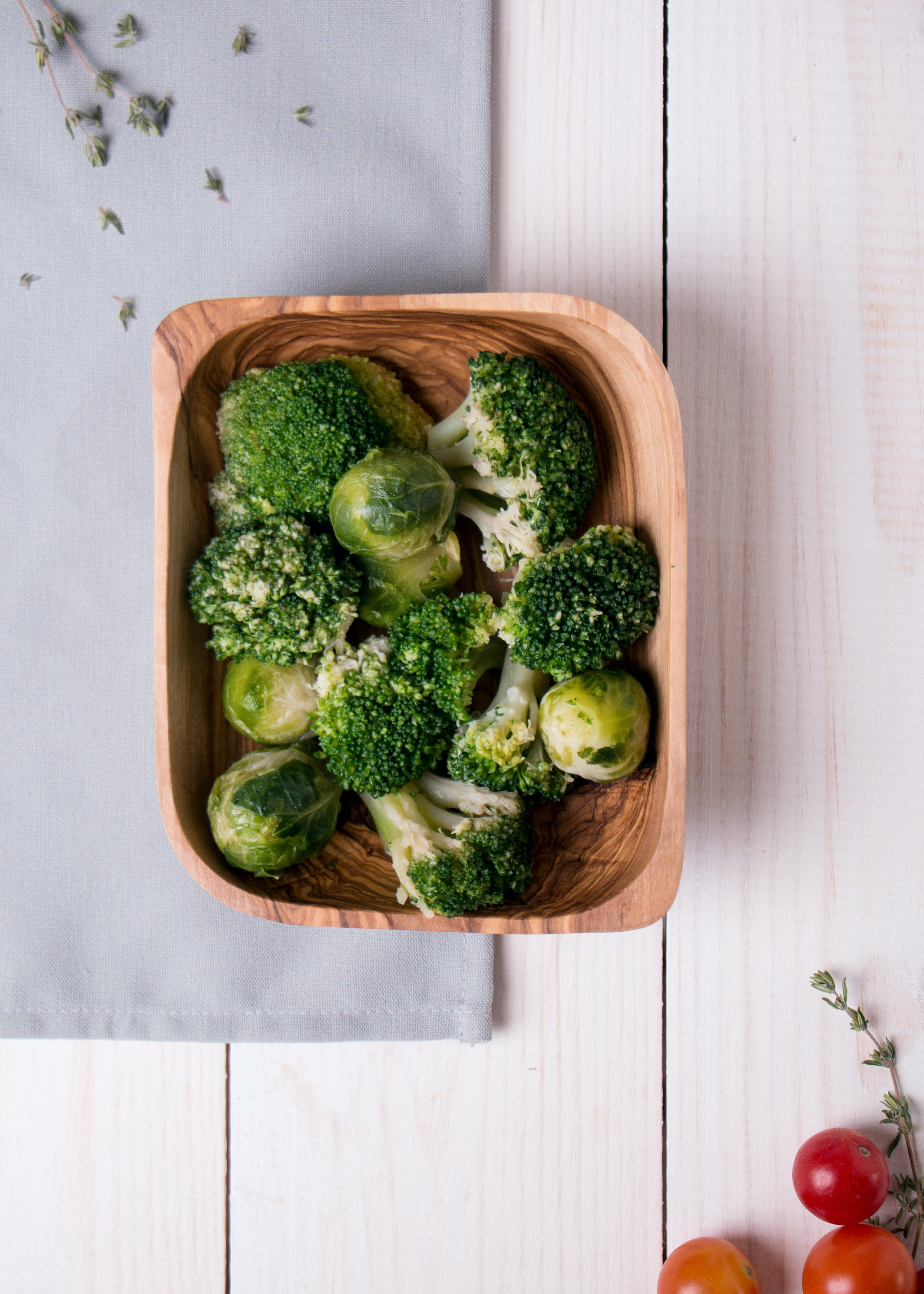
Apples, Pears, Berries and Cherries
These flavonoid-rich foods are known to reduce the production of proinflammatory compounds called cytokines.
3 ways to eat more:
- Add sliced pears to a salad.
- Snack on an apple with nut butter.
- Add berries and cherries to oatmeal or overnight oats.
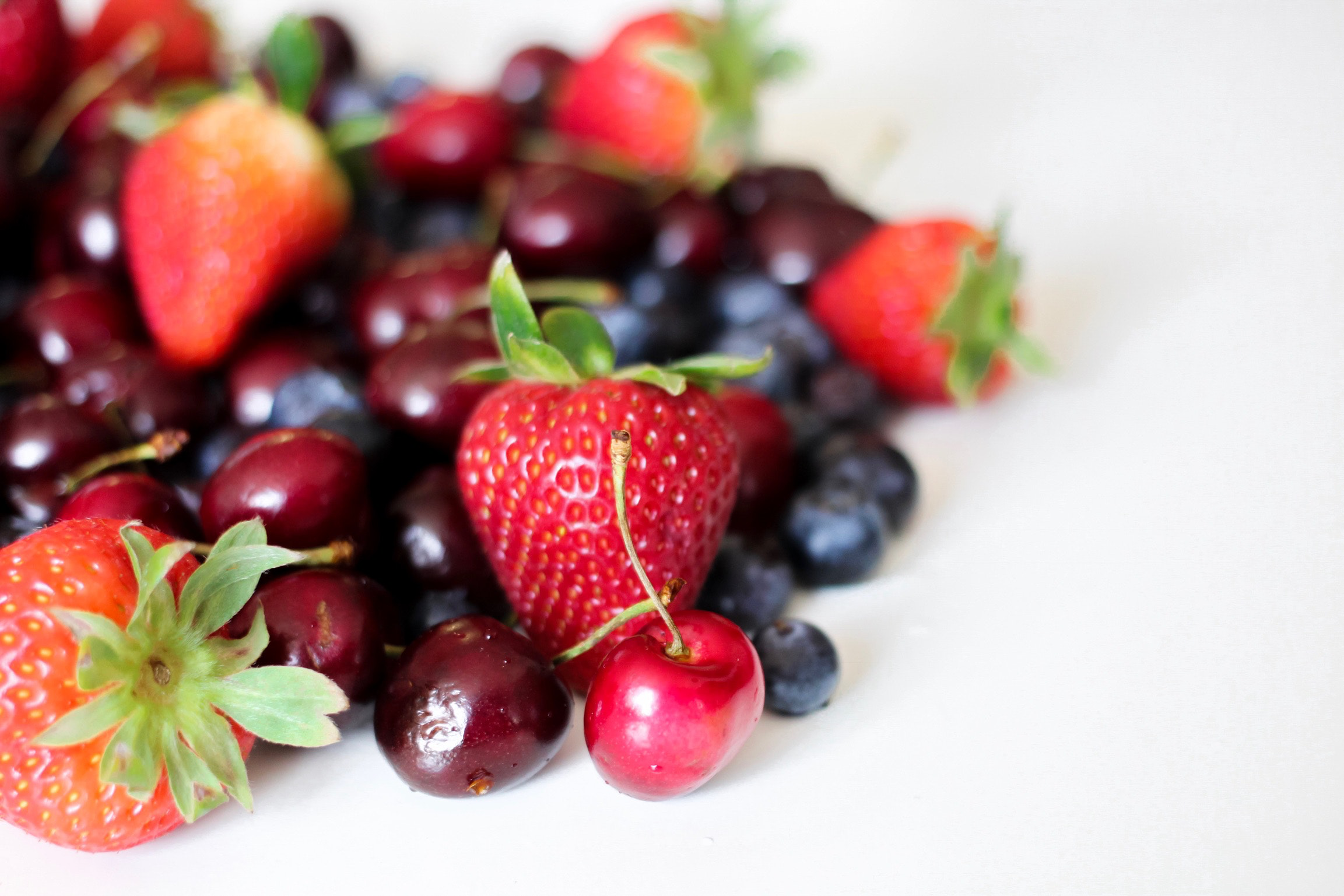
Deep Yellow or Orange Vegetables and Fruits
Cantaloupe, carrots, figs, peaches, squash.
These foods are rich in carotenoids, which act as strong antioxidants.
3 ways to eat more:
- Dip carrots into hummus or guacamole.
- Stuff figs with nut butter.
- Grill squash skewers, alternated with other veggies, like tomatoes and bell peppers.
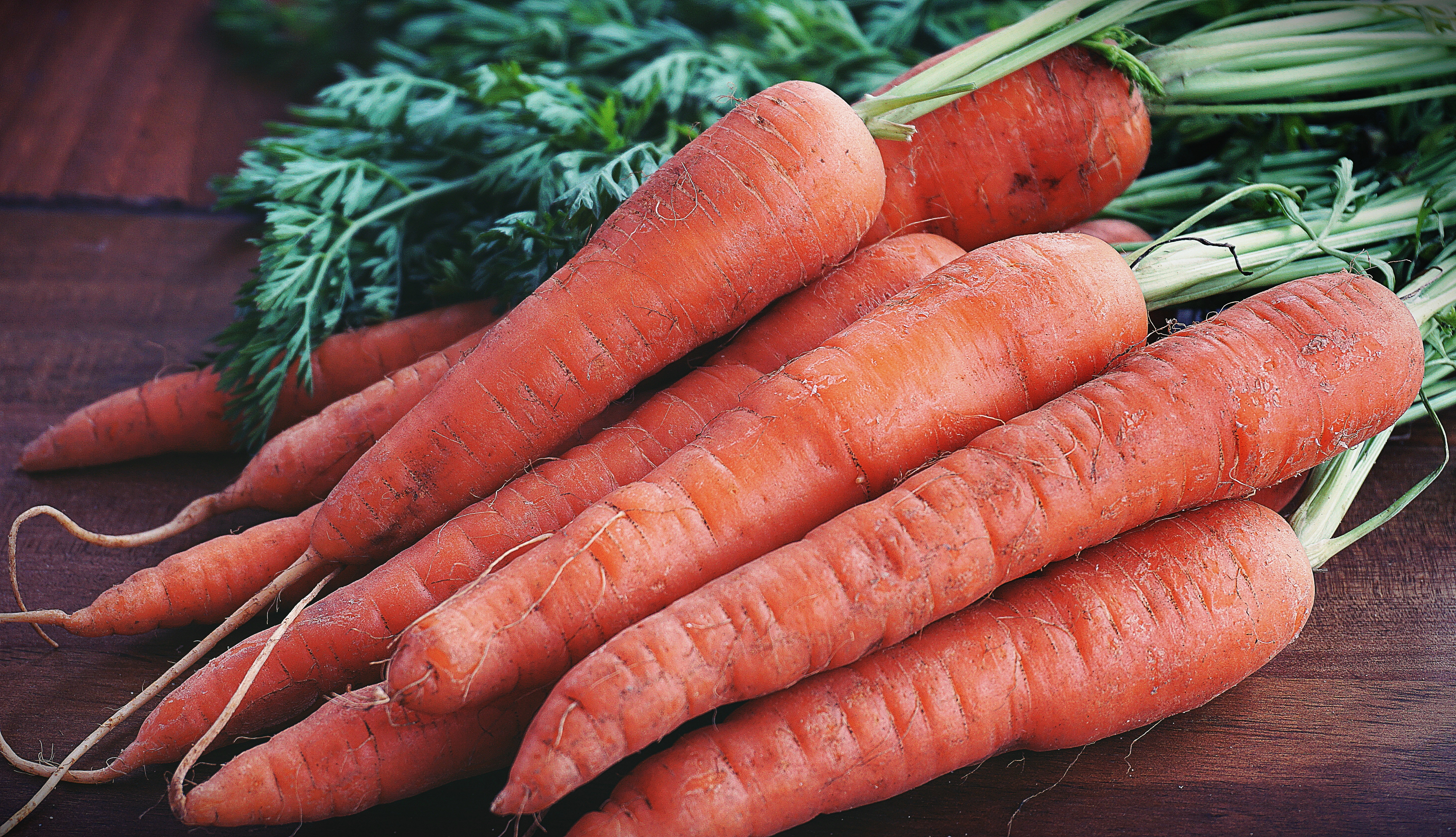
Additional Fruits and Vegetables
Grapefruit, grapes, honeydew, kiwi, lemon, oranges, pineapples, watermelon, eggplant, green peppers, okra, onions, zucchini.
These foods contain a variety of health-protective antioxidants.
3 ways to eat more:
- Add grapefruit and pineapple to veggie stir-fries.
- Pair grapes with nuts as a snack.
- Oven-roast eggplant, onions, and peppers as part of a Mediterranean platter.
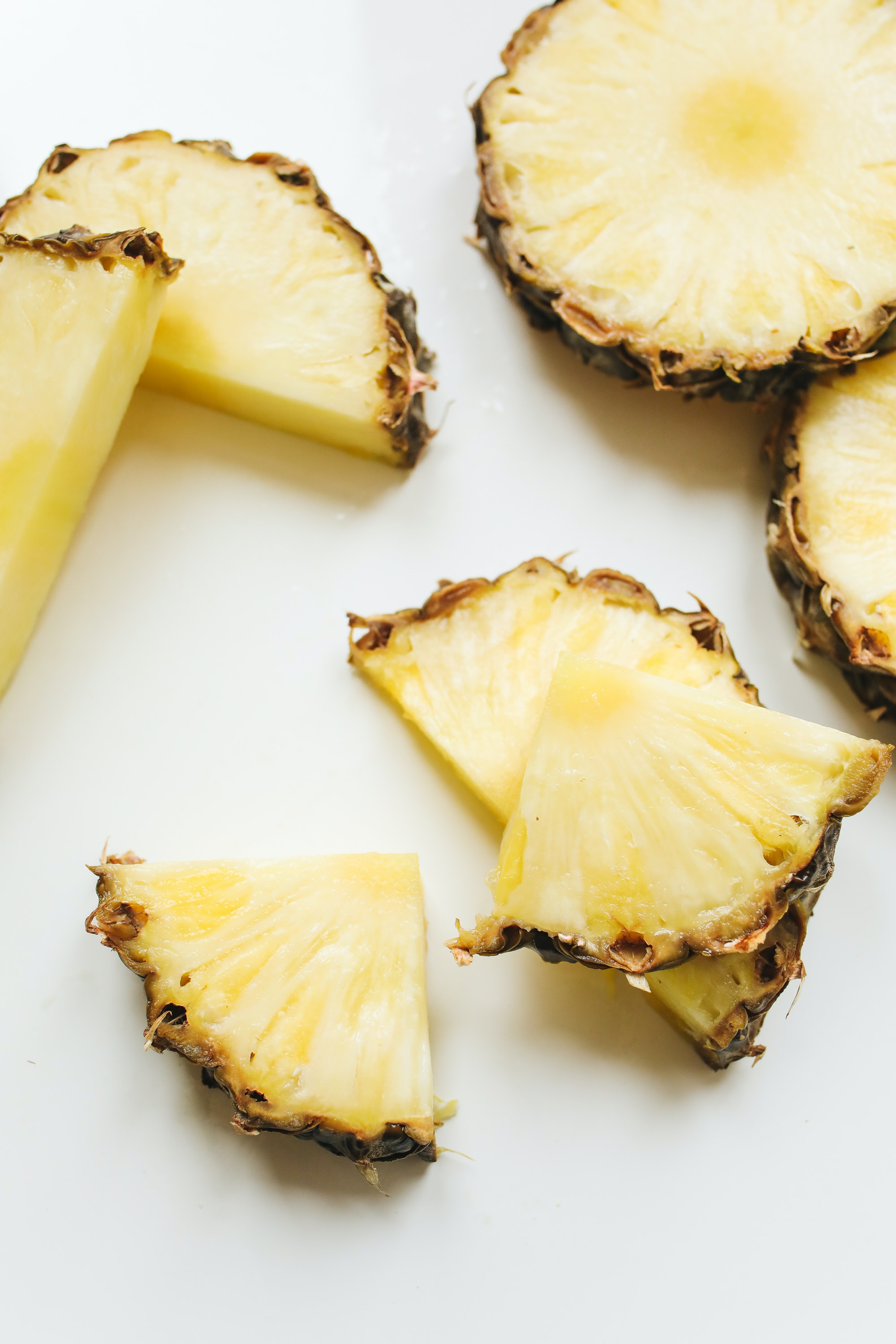
Pulses
Lima beans, lentils, peas, chickpeas, and other beans, excluding soybeans.
In addition to antioxidants, these foods provide fiber, which alters gut microbes and triggers the release of full-body inflammation reducers called short-chain fatty acids.
3 ways to eat more:
- Snack on oven-roasted chickpeas.
- Use fresh veggies to scoop up bean dip.
- Make hearty lentil soup a staple.
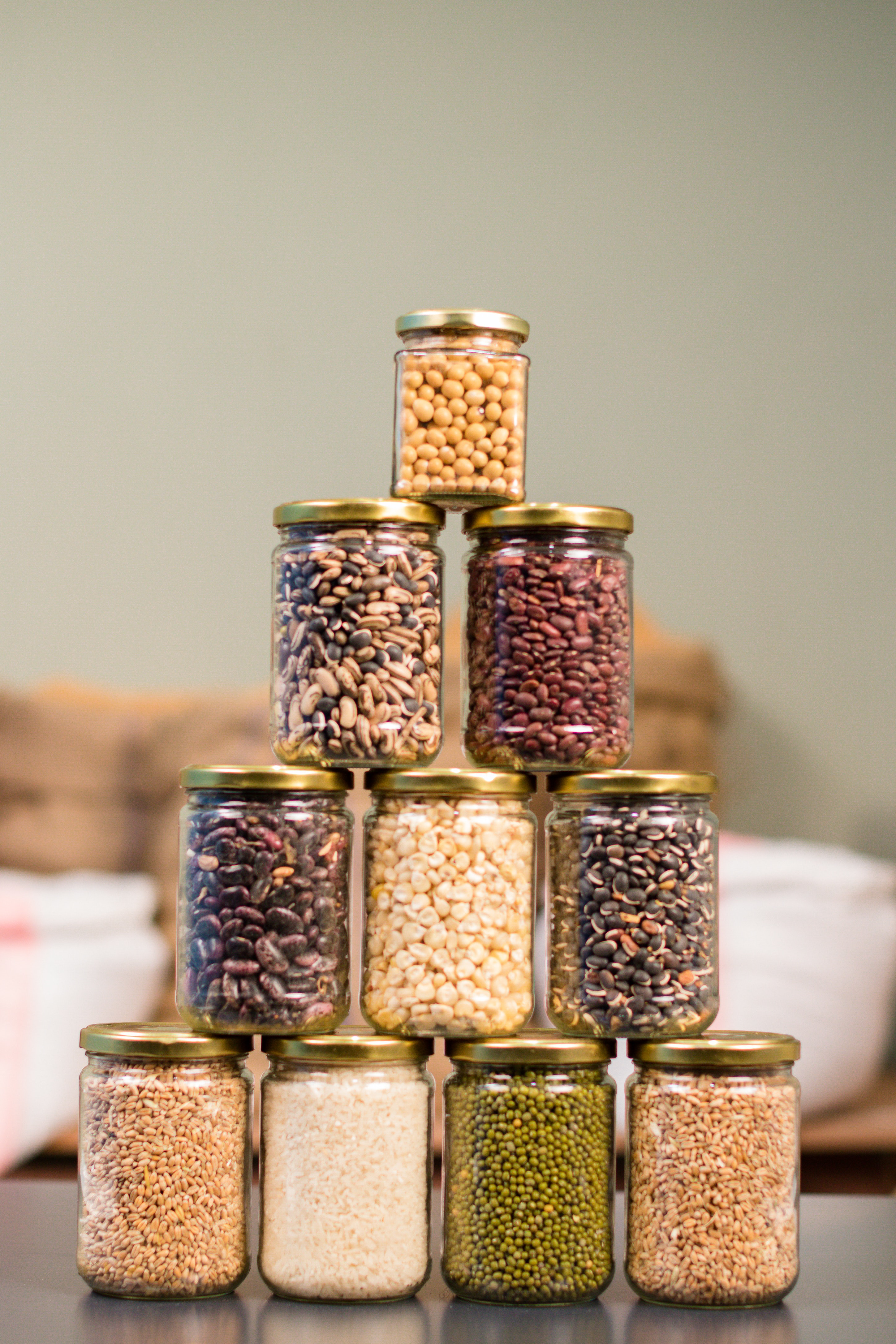
Nuts
Peanuts and tree nuts (almonds, Brazil nuts, cashews, hazelnuts, macadamia nuts, pecans, pine nuts, pistachios, walnuts).
These foods are rich in omega-3 fatty acids, which protect against inflammation. They also provide L-arginine, which helps reduce inflammation by improving blood flow.
3 ways to eat more:
- Blend nuts or nut butter into smoothies.
- Snack on fresh fruit paired with nuts.
- Use nuts to garnish salads and cooked vegetables.
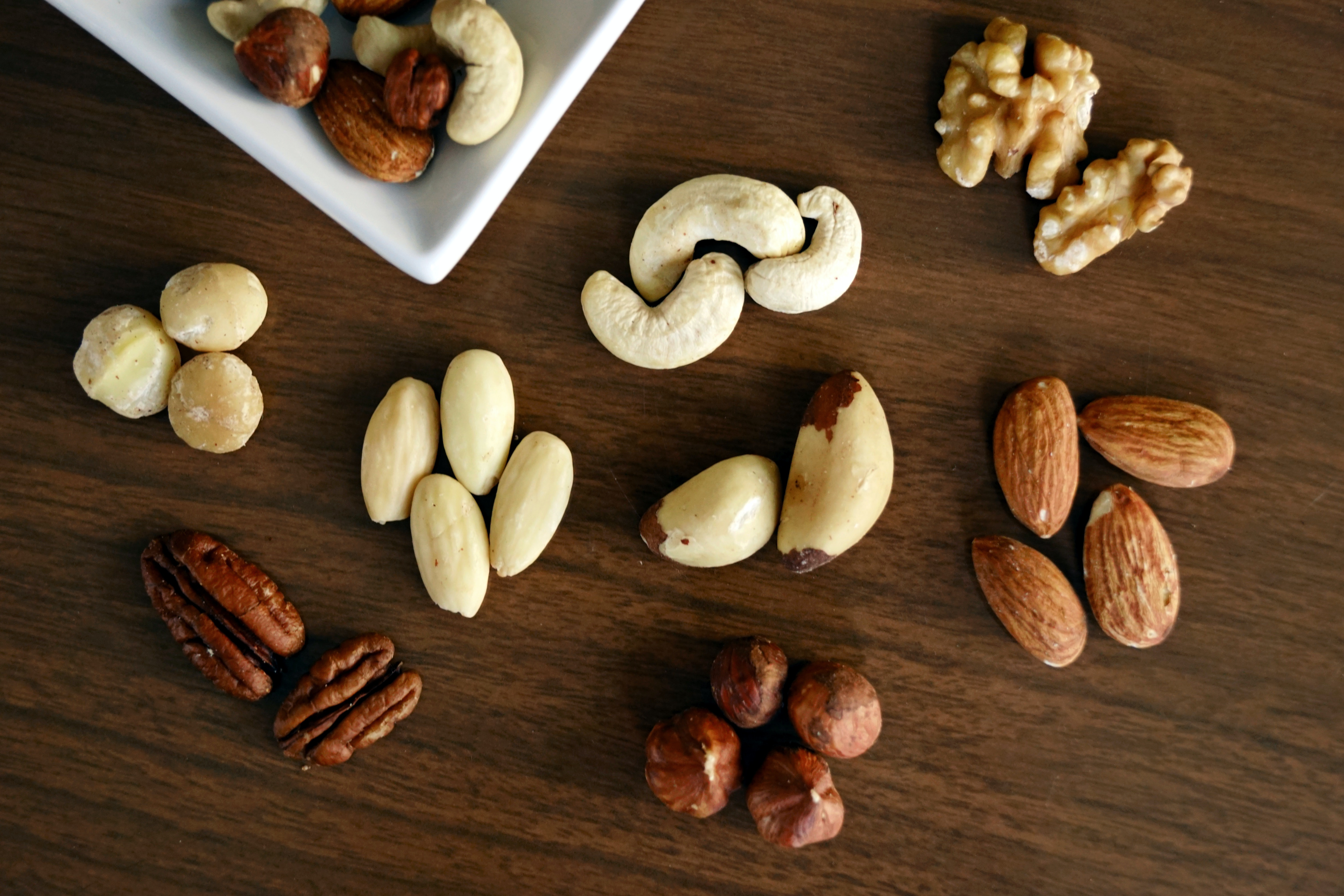
Coffee and Tea
Decaffeinated and regular coffee, herbal and non-herbal tea.
Coffee and tea are both high in antioxidants. In addition, the caffeine in regular coffee and tea (green, black, white, and oolong) has been shown to suppress the circulation of proinflammatory compounds.
3 ways to eat more:
- Blend coffee or tea into a smoothie.
- Use tea as the liquid in oatmeal or overnight oats.
- For a refreshing drink chill brewed tea and infuse with lemon and mint.

5 More Anti-inflammatory Eating Techniques
Keep these tips in mind as you choose your meals and snacks.
- Eat a rainbow of colors.
- Season meals with antioxidant-rich herbs and spices.
- Choose whole grains over refined grains.
- Aim for 40 grams of fiber per day.
- Prioritize whole, plant-based proteins over animal-based or processed proteins.
Think Beyond Food
Ready to take it one step further? In addition to the foods and strategies above, these five habits bolster an anti-inflammatory lifestyle.
- Consume one alcoholic drink or less per day.
- Engage in moderate to vigorous physical activity, at least 150 minutes (about 2 and a half hours) per week.
- Don’t smoke.
- Manage stress.
- Practice healthy sleep hygiene.

